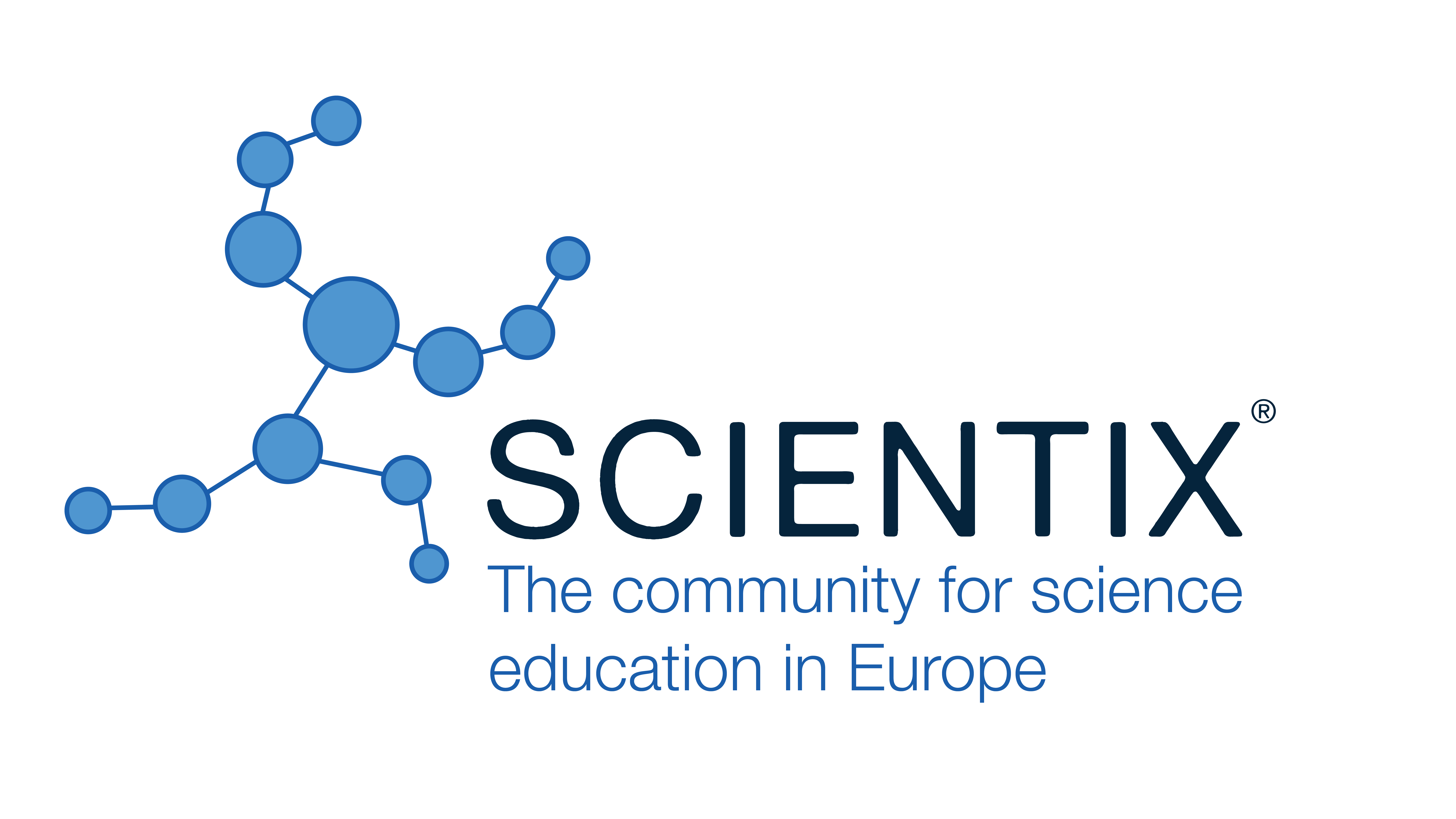An Experiment to Raise Awareness on Critical Raw Materials
Mariaconcetta Canino, National Research Council of Italy (CNR) - Institute for Microelectronics and Microsystems (IMM) (Italy)
Armida Torreggiani, National Research Council of Italy (CNR) (Italy)
Alessandra Degli Esposti, National Research Council of Italy (CNR) - Institute for Microelectronics and Microsystems (IMM) (Italy)
Mirko Seri, National Research Council of Italy (CNR) (Italy)
Emilia Benvenuti, National Research Council of Italy (CNR) (Italy)
Abstract
This paper focuses on the design of an experiment with the aim of adapting a research topic to the curricula of different types of school in Italy. The topic is the substitution of Indium Tin Oxide (ITO), constituted by the expensive and rare Indium, in electronic components. The work was carried out in the frame of the RM@schools project [1] funded by the EIT with the aim of making careers in raw materials attractive for youngsters. The project proposes to schools active learning pathways which include not only classes, but also experiments, excursions in industries and international science centres, and science dissemination activities. In Italy, these activities are suited for an alternation between school and work, which has been made compulsory by law 107/2015 in order to bridge the gap between traditional school knowledge and labor market requirements. The proposed topic, i.e. substitution of ITO in optoelectronic devices, is well placed in this context because electronics is optional in the background of the last year in Lyceum; on the contrary silicon devices are a basic knowledge in Technical and Professional Schools, whereas new materials are an extra-curricular topic. In order to fit both types of background, the proposed experiment deals with the search for an alternative to ITO for transparent electrodes. Dealing with electrodes allows to speak about new materials in electronic devices and bypass semiconductor science at the same time. The experiment consists in switching on a light emitting diode (LED) inserted in a circuit made up of i) the diode itself, ii) a battery, and iii) a resistor, which is presented in the form of glass platelets coated with transparent conductive layers of different materials. We chose to compare ITO to single layer graphene in order to have students come into contact with a Nobel-Prize worth material. It turns out that graphene is more resistive than ITO due to the difficulties in manipulating a 2-dimensional material, which can eventually cause rips in it. Further related activities can be modeled to different learning outcomes: awareness about substitution of critical raw-materials, and physics and technology of metallic oxides (ITO) and two-dimensional materials (graphene) if presented in its simplest form [2]; knowledge about circuit design and fabrication techniques if the resistor is inserted in a more complex circuit with more LEDs lighting up the more conductive the material [3]; it was even presented in the form of game with focus on information about materials [4]. These adaptations, tested and realized in collaboration with teachers and pupils of different classes along 3 years will be presented and discussed.
Keywords: secondary school, hands-on, critical raw materials, electronics, graphene, research.
References:
[1] http://rmschools.isof.cnr.it
[2] https://www.youtube.com/watch?time_continue=2&v=bJTdeqScUGk
[3] https://padlet.com/alessandrasia/alternanza5a
[4] http://rmschools.isof.cnr.it/gallery/Lissone_2019/
 New Perspectives in Science Education
New Perspectives in Science Education





























